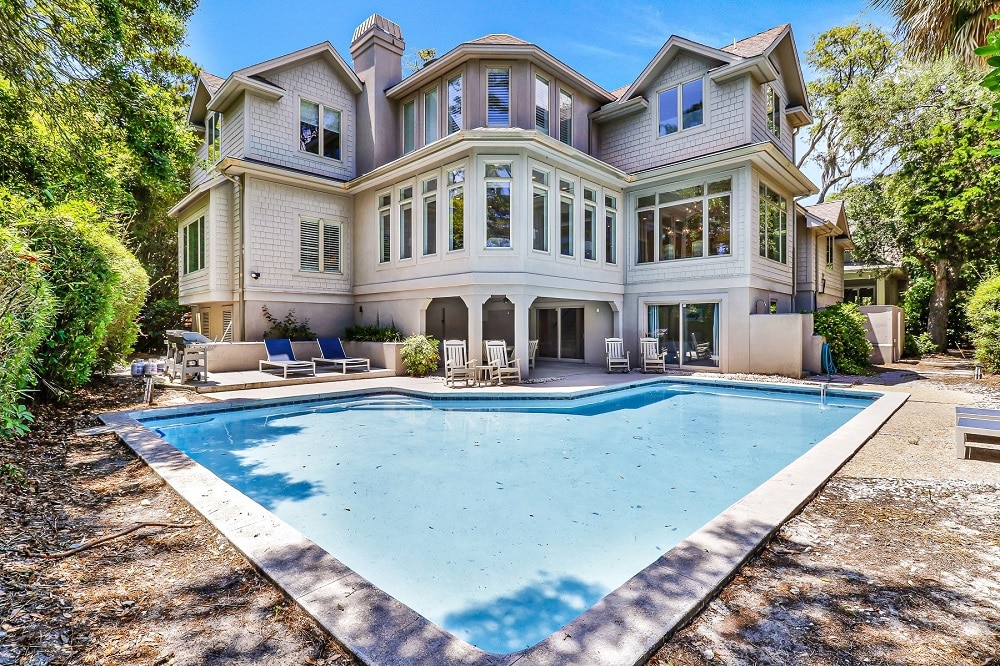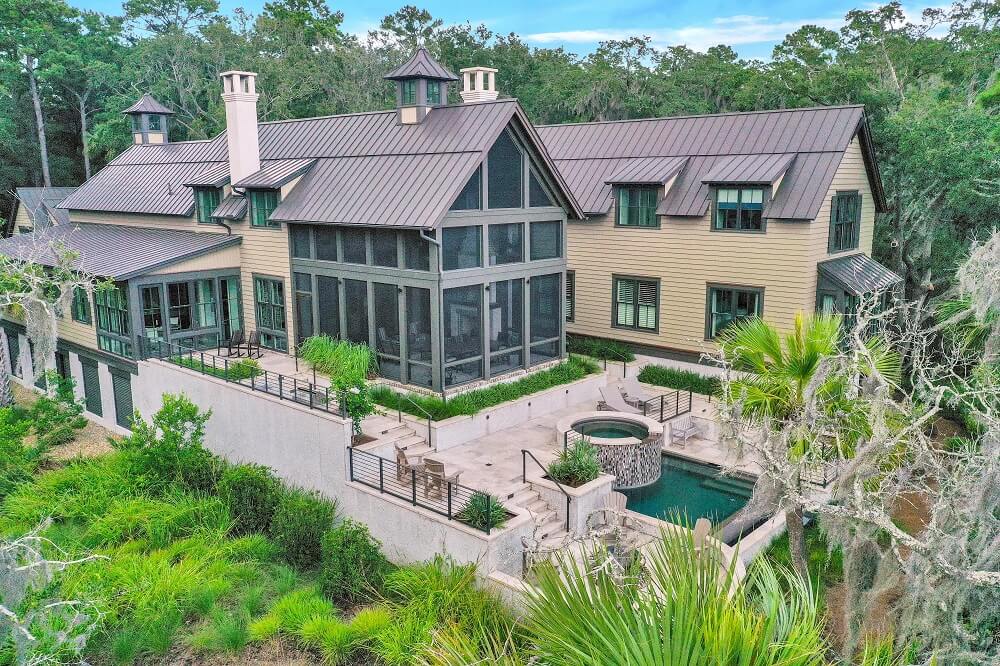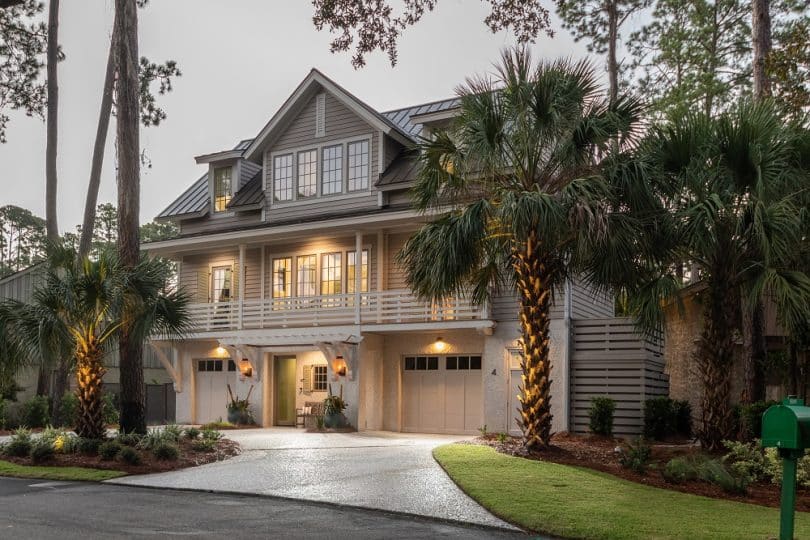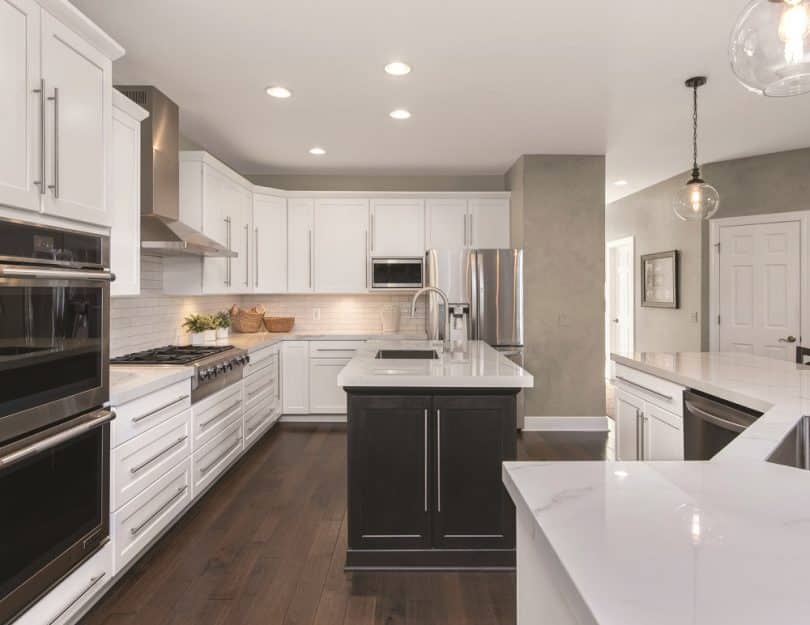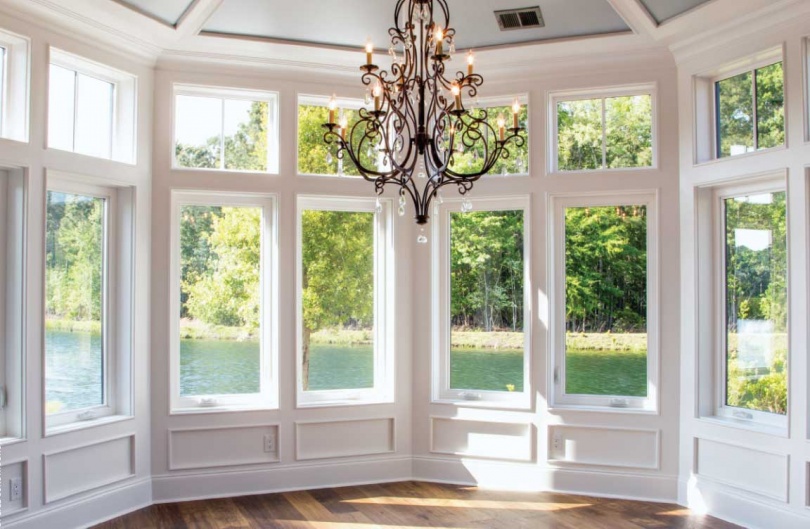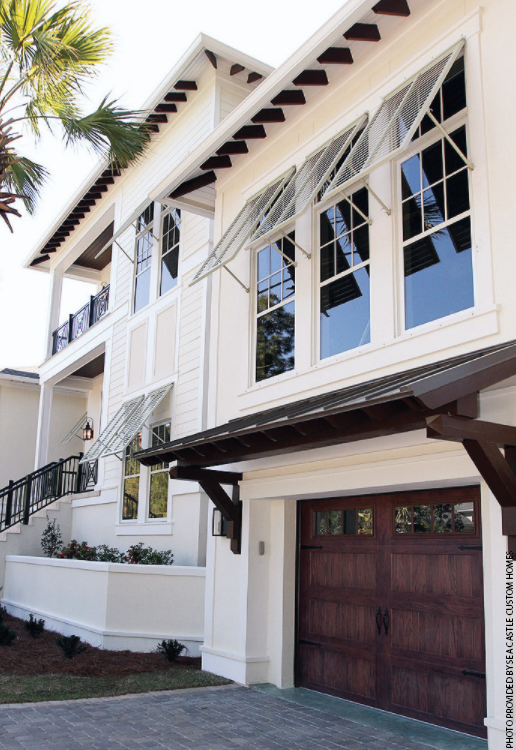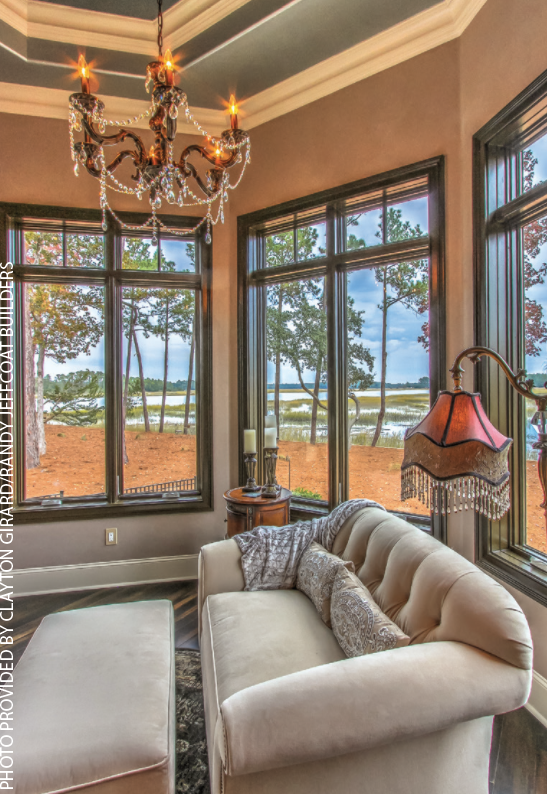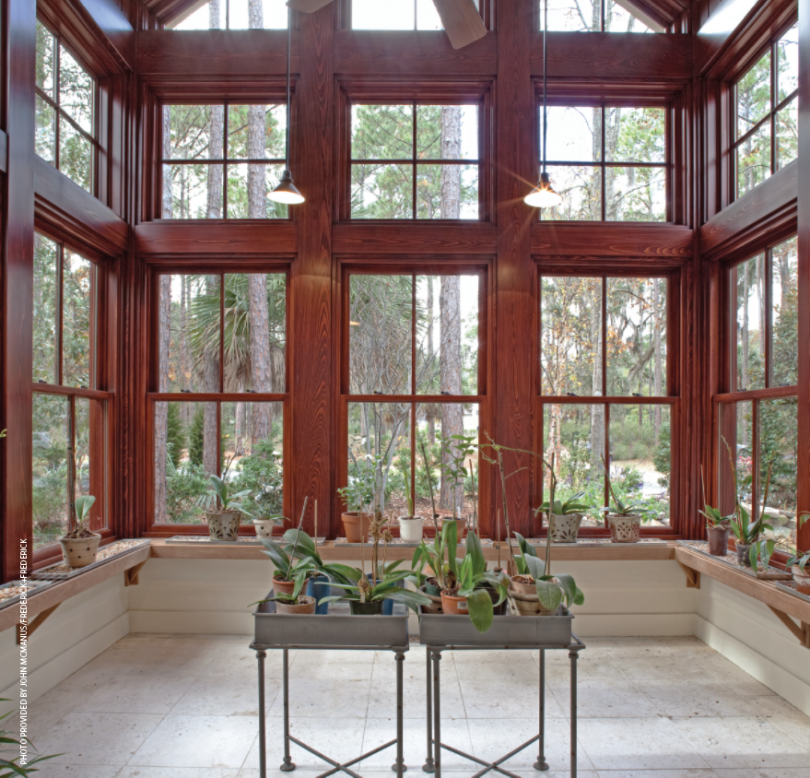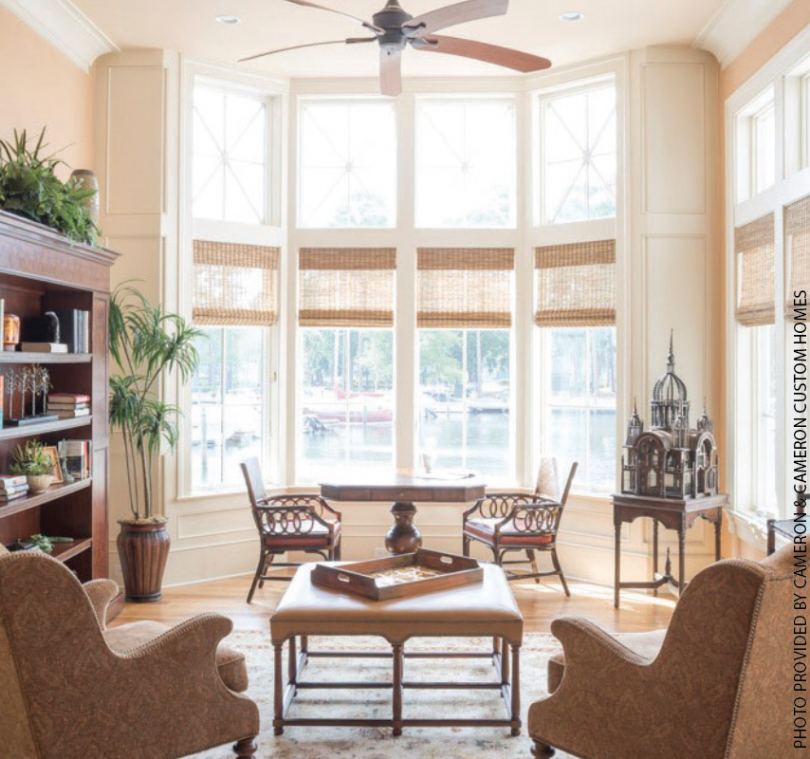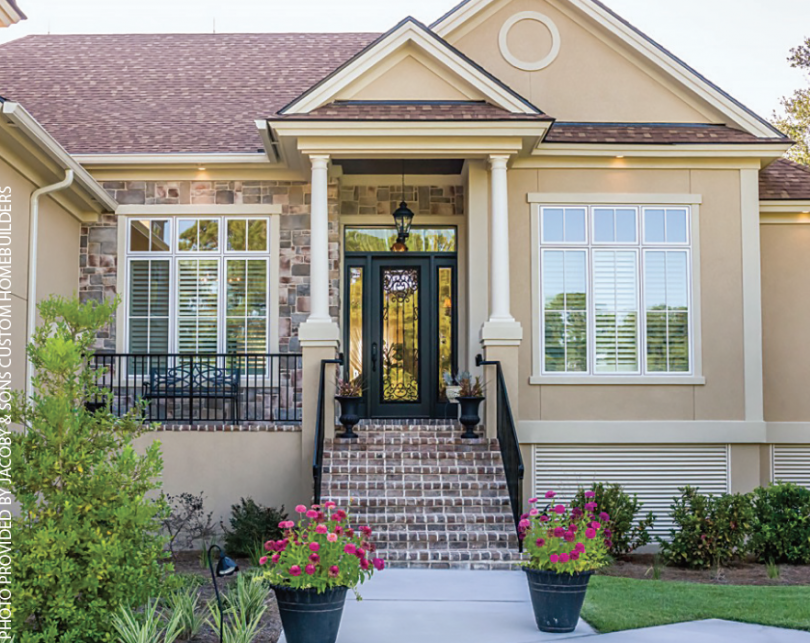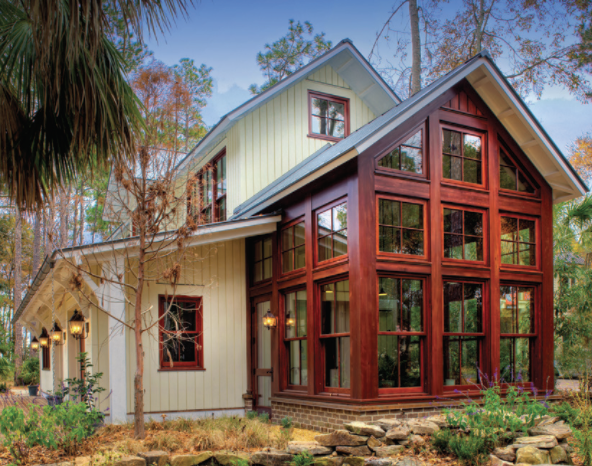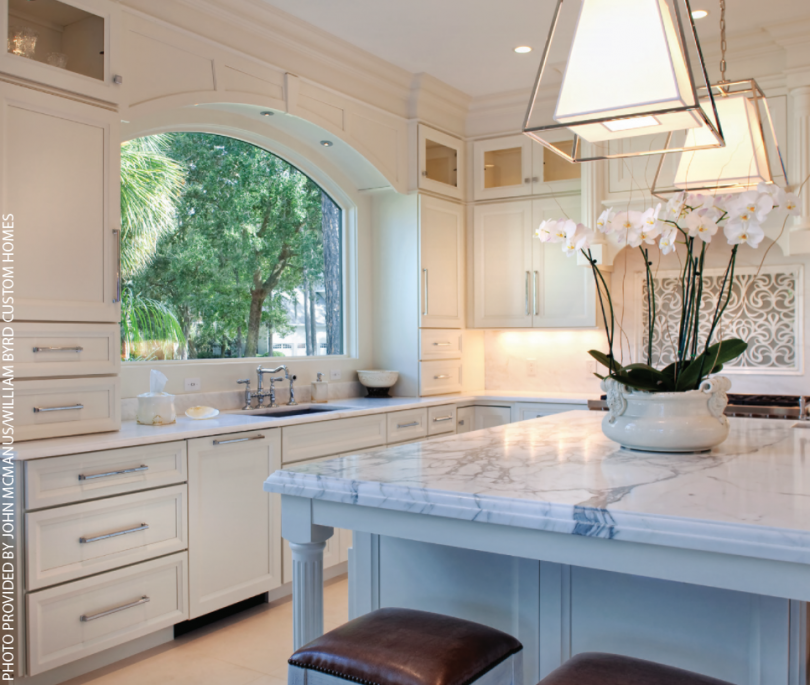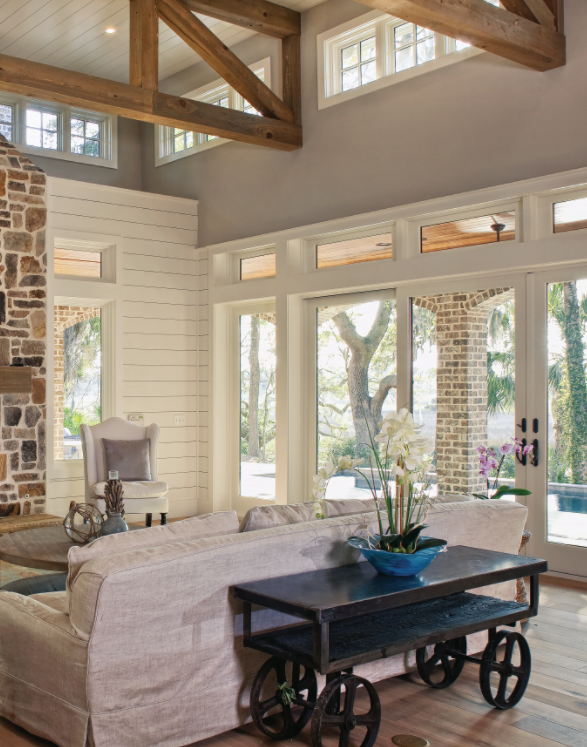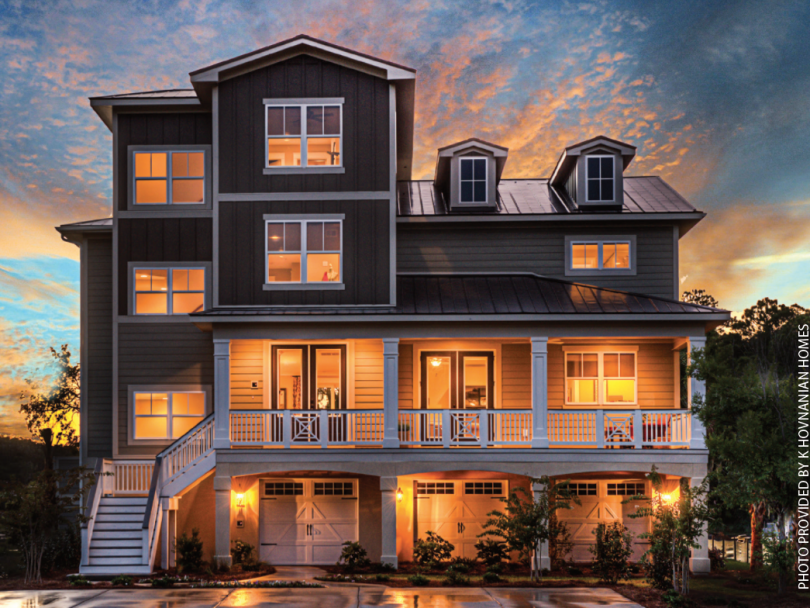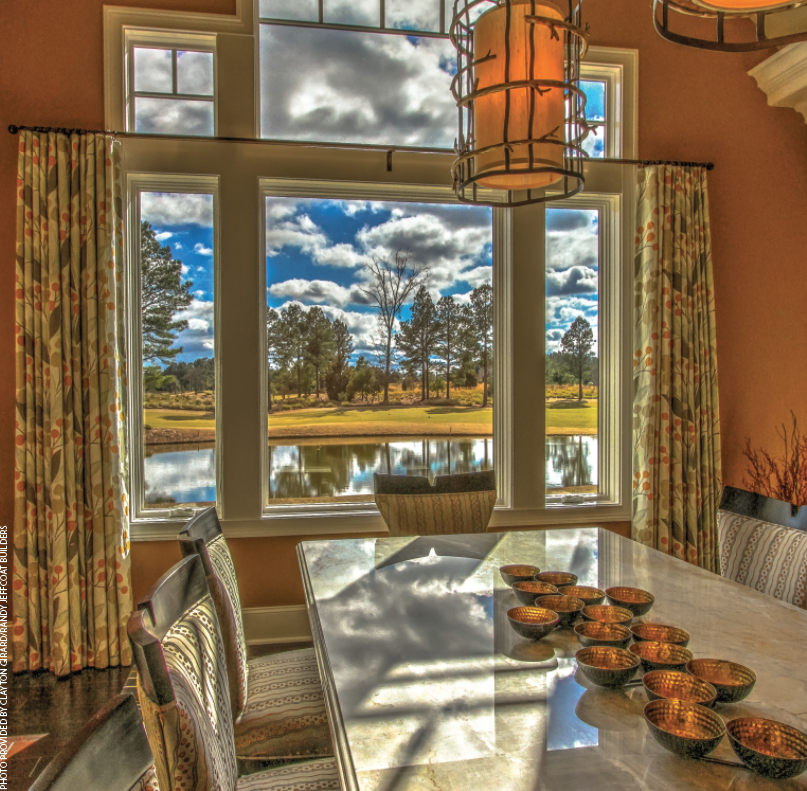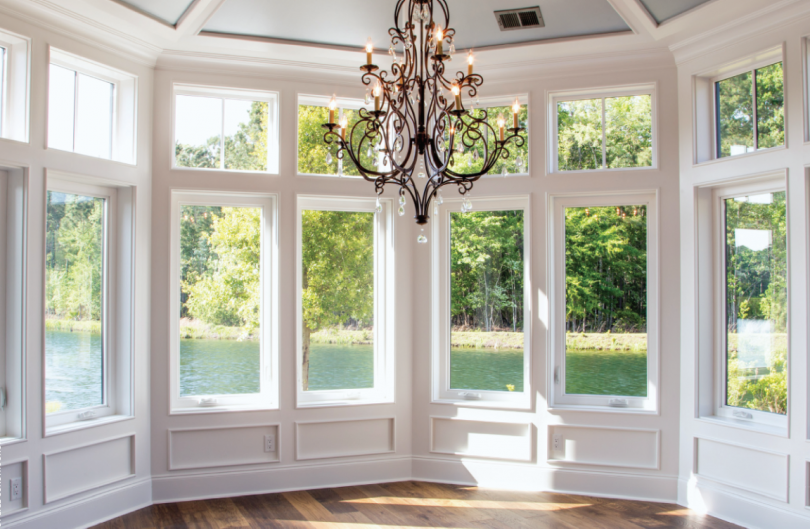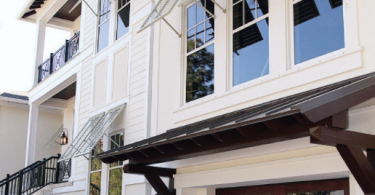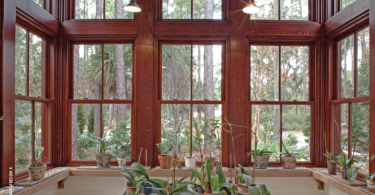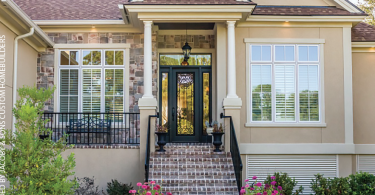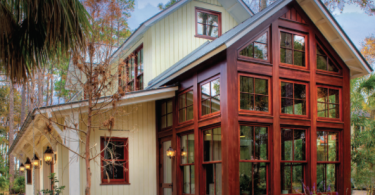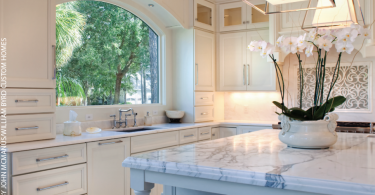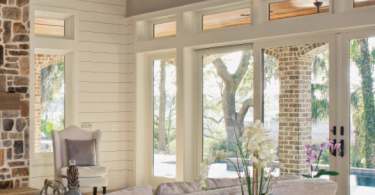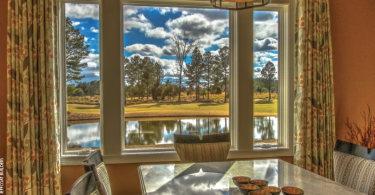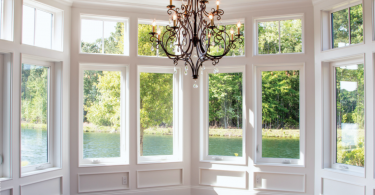Recognizing that window design plays a huge role in efficiency, The Building America program provides thoroughly researched information on windows, so builders can offer the best energy savings options to their clients.
Let’s face it. We are living in an era of super high energy consumption. We spend more than $400 billion each year to power our homes and commercial buildings. Homes alone consume about 21 percent of the total energy in the U.S., and according to Lawrence Berkeley National Laboratory (LBNL), windows are responsible for consuming 25 to 30 percent of residential heating and cooling. That equates to a lot of lost energy. To put a clamp on overuse, builders and consumers have turned to window and door products that are both pocket book friendly and environmentally conscious.
Windows are an important part of a home’s design and appearance, but they are also a component of a home’s energy performance. While they tend to be one of the more costly building products, choosing windows that are durable and have high energy performance is worth it over time. In the last 20 years, window technology and building codes have advanced to the point where low-e windows are now commonplace and usually required. But many homeowners and builders don’t realize that actual design decisions can further effect a home’s efficiency.
The U. S. Department of Energy’s (DOE) Building America program recognizes that good design and selection will not only take into account energy performance, but also the things consumers are primarily looking for–durability, aesthetics and cost. The Building America guidelines are based on years of research, design and feedback from their teams. These guidelines help builders of high-performance homes make qualified decisions based on specifications (e.g., glazing type, spacers, gas fill, and frame type), design conditions (orientation, window area, architectural shading), and economic analysis (energy savings vs. incremental costs). The program takes the research aspect off of the builder, providing solutions that are already proven to be energy-wise.
In the 1980s, window efficiency really became a priority. Since then manufacturers have begun the process of constantly upgrading materials and manufacturing techniques to offer the latest and best array of window solutions. But a great window only works well if it’s properly installed. No matter how advanced the glazing and frame materials, the ultimate window performance also depends on the quality of its installation. Poorly installed windows will contribute to air leakage, unnecessary heat loss, condensation, and water leakage, which could lead to diminished energy performance as well as deterioration of walls and insulation. To prevent problems like these, Building America offers a research-to-market program that provides hundreds of technical publications each year. These publications contain up-to-date content on the latest building science techniques that can ultimately help builders achieve zero energy-ready homes.
Truthfully, ensuring home efficiency does require lots of additional steps as well as a thorough understanding of what’s available and how to make it work. However, an efficient home provides outstanding levels of energy savings, comfort, health, and durability. Programs like Building America make achieving efficiency possible for our families and our future.

